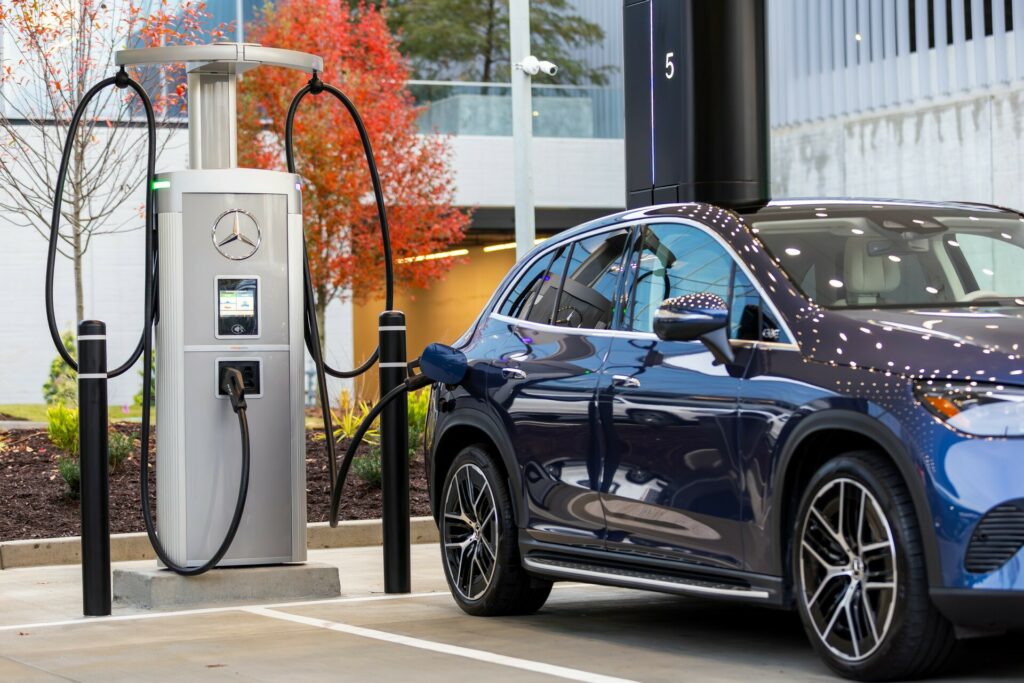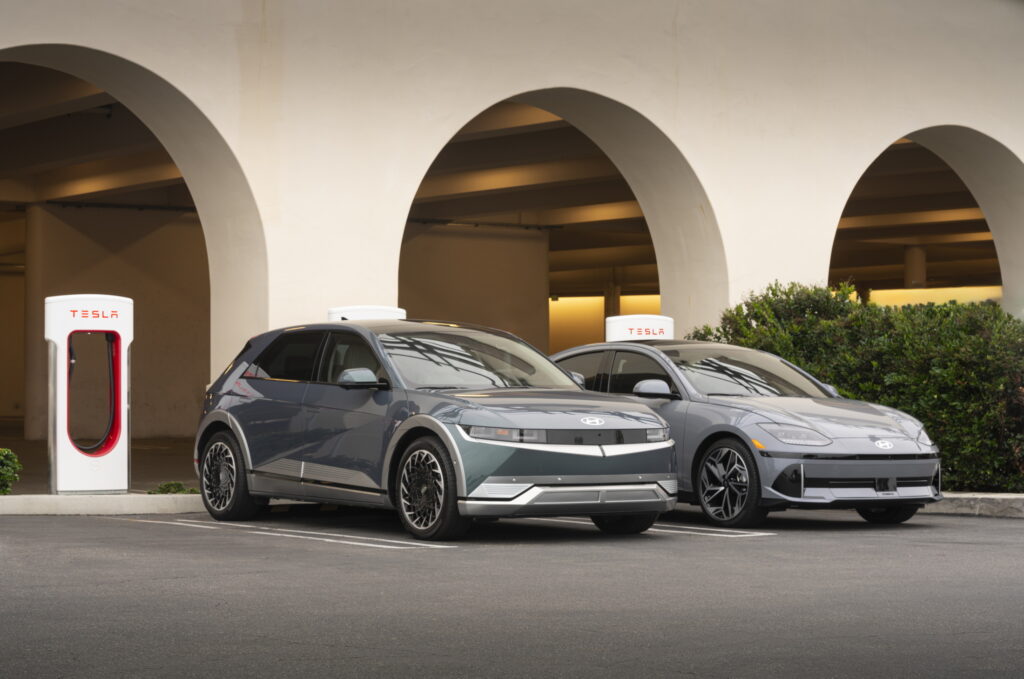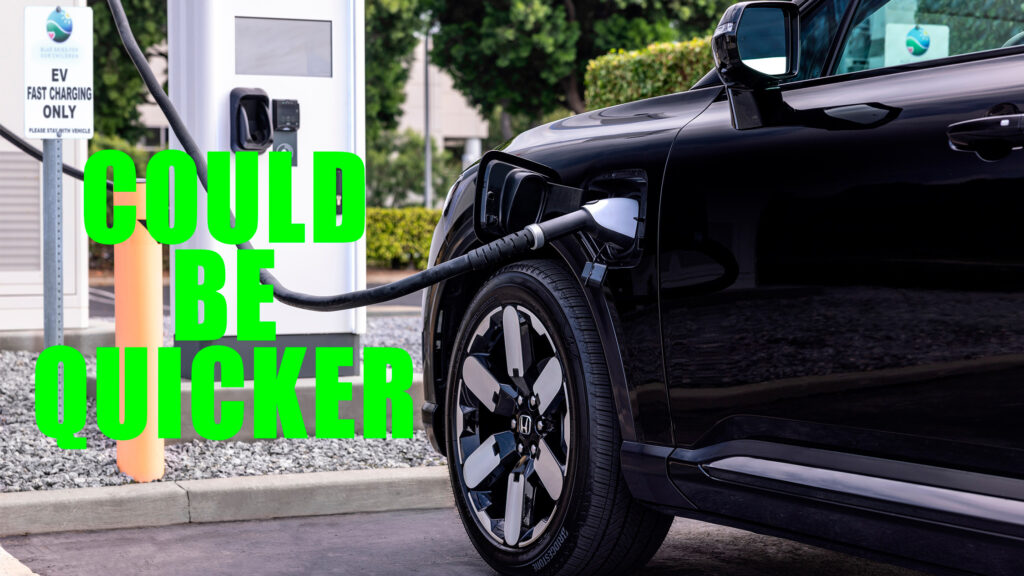An intriguing study out of the U.S. has shed new light on the public charging habits of EV owners in the United States, revealing that consumers spend far longer plugged into free charging stations than they do paid alternatives.
The study from Energetics analyzed 2.4 million charging sessions over three years ending June 30, 2023, revealing the average paid fast-charging session at a non-Tesla charger was 42 minutes. When factoring in Tesla Superchargers, the average charging time dropped to 31 minutes.
By comparison, the average free public charging session typically takes 1 hour and 18 minutes. Data from EVSession, as reported by Auto News, indicate that the average charging time at a paid non-Tesla fast charger hit nearly 40 minutes in December, despite averaging around 36 minutes in June. Contributing to the slower charging times were the colder weather, improved charging station amenities, and larger EV batteries.

Charging analyst and chief executive of consulting firm EVAdoption, Loren McDonald expects charging times to improve thanks to the arrival of dozens of new EVs as well as more fast chargers being installed around the country.
“You have the capability to reduce that charging time by probably 10 minutes or so per session,” he said. “Twenty minutes is a lot more acceptable to people who are on the fence about EVs than 40 minutes. Forty minutes to them sounds like an hour where 20 minutes sort of sounds like 15 minutes.”
Read: Ford And GM EVs To Gain Tesla Supercharger Access In February 2024
A study conducted by J.D. Power last year and published in August revealed that customer satisfaction with Level 2 public charging has declined and that charging remains a significant concern for many.
“The results of this year’s study should be very concerning to all those involved in the transition from gas-powered vehicles to electric vehicles,” J.D. Power’s EV practice executive director Brent Gruber said. “Although the majority of EV charging occurs at home, public charging needs to provide a much better experience across the board—not just for the users of today, but also to alleviate the concerns of skeptical future customers. A lot of work is underway to address these issues but there is certainly much more work to be done.”




